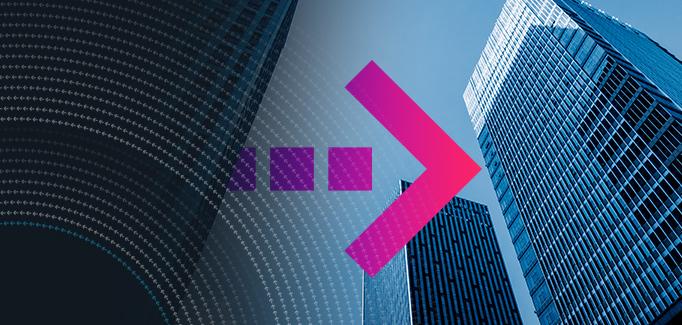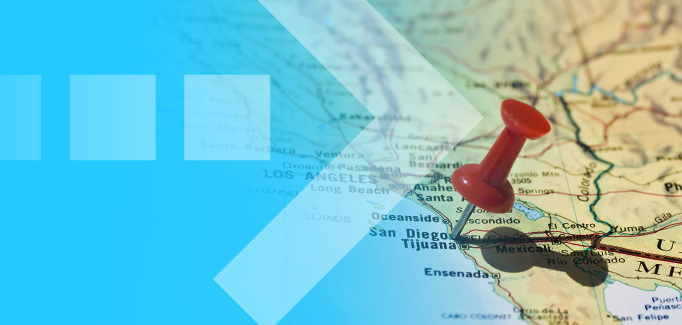Preparing for the ISO 20022 November 2025 Deadline: What’s Changing and How to Get Ready
April 28th, 2025

The Shift to ISO 20022: A Critical Deadline Approaches
ISO 20022 is a universal financial messaging standard that replaces legacy formats such as SWIFT MT messages. It introduces a more structured and data-rich format, allowing financial institutions (FIs) to improve payment processing, compliance and fraud detection. By implementing ISO 20022, FIs will be able to standardize messaging across domestic and cross-border payments, enabling greater transparency and efficiency.
While implementation should lead to improvements in efficiency, approaching deadlines have caused as sense of urgency, as FIs must ensure adoption prior to the November 2025 deadline.
With cross-border payments and interbank messaging systems transitioning to this global standard, organizations must ensure they are ready for the shift. But what exactly is changing, and how can FIs prepare?
What’s Changing?
ISO 20022 introduces a standardized, data-rich messaging format that replaces legacy formats like SWIFT MT messages with a new MX format. The MX format leverages XML-based messaging, providing more granular and structured data elements for each transaction.
Key changes include:
- Richer Data – Messages will contain more structured and detailed information, improving transparency and compliance.
- Enhanced Interoperability – A universal standard will be established, streamlining transactions across different financial networks and institutions.
- Greater Efficiency – There will be a reduced need for manual intervention, leading to lowered costs and improved processing times for payments.
- Regulatory Alignment – More detailed transaction data will aid in compliance with anti-money laundering regulations and broader financial crime detection efforts.
- Introduction of MX Format – The new XML-based MX format, replacing traditional MT messages, will enable better data exchange, validation and automation capabilities across payment ecosystems.
Key Deadlines and Implementations
The transition to ISO 20022 is happening in phases, with a mix of completed and upcoming deadlines:
- March 2023 – SWIFT began the phased migration to ISO 20022 for cross-border payments, allowing coexistence with MT messages until November 2025.
- November 2023 – The European Central Bank, and other major FIs in the Eurozone, completed their migration to ISO 20022 for TARGET2.
- November 2025 –This marks the final deadline, discontinuing MT messages for cross-border payments.
Navigating the Migration Hurdles
The transition to ISO 20022 is not without its challenges, particularly for institutions still reliant on legacy systems. Banks must ensure their core banking and payment infrastructure can process ISO 20022 messages, requiring system upgrades and seamless integration.
The richer data model also demands enhanced data governance and validation processes to maintain accuracy and compliance. Additionally, the migration process may pose operational disruptions if not executed properly, impacting business continuity.
Effective collaboration with internal teams, partners, and third-party providers is critical for a smooth transition, ensuring that all stakeholders align with the new standards and implementation timeline.
How to Prepare for the Transition
FIs must take proactive steps to ensure a smooth transition to ISO 20022 before the November 2025 deadline.
Key Preparations to Undertake:
- Assess Current Readiness: Evaluate existing payment systems and identify gaps in technology, data processing and compliance that need to be addressed before the deadline.
- Upgrade Infrastructure: Ensure payment processing systems, core banking platforms and customer interfaces can support ISO 20022 messaging formats. Work closely with technology providers to integrate all necessary updates.
- Enhance Data Management: Improve data quality and governance to fully leverage the benefits of enhanced payment information, and prepare for ISO 20022’s structured data format.
- Collaborate with Partners: Engage with payment networks, correspondent banks and regulators to ensure alignment with industry-wide standards and requirements.
- Train Teams and Educate Clients: Equip internal teams with the necessary knowledge and tools to manage the transition effectively.while educating corporate clients and partners on the impact ISO 20022 will have on their transactions.
- Test and Validate Systems: Conduct end-to-end testing with financial partners to ensure interoperability and functionality before the full rollout in November 2025.
Preparing for the ISO 20022 Compliance Deadline
The November 2025 ISO 20022 deadline is fast approaching. This transition represents both a challenge and an opportunity for the financial industry. While the road to compliance may be complex, the benefits of enhanced data richness, improved interoperability and increased efficiency make this transition well worth the effort. By taking proactive steps now, FIs can ensure a smooth migration, positioning themselves for success in the evolving landscape of global financial messaging.
Is your organization ready for ISO 20022? Learn how NICE Actimize can help streamline the transition, enhance screening capabilities and fortify fraud detection efforts.



